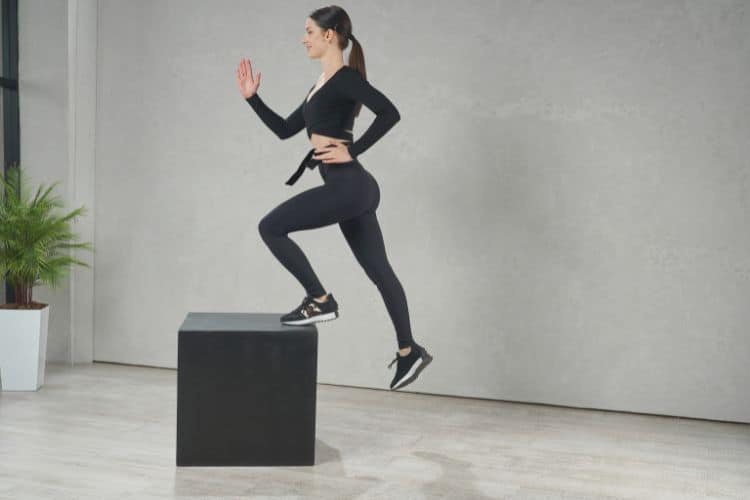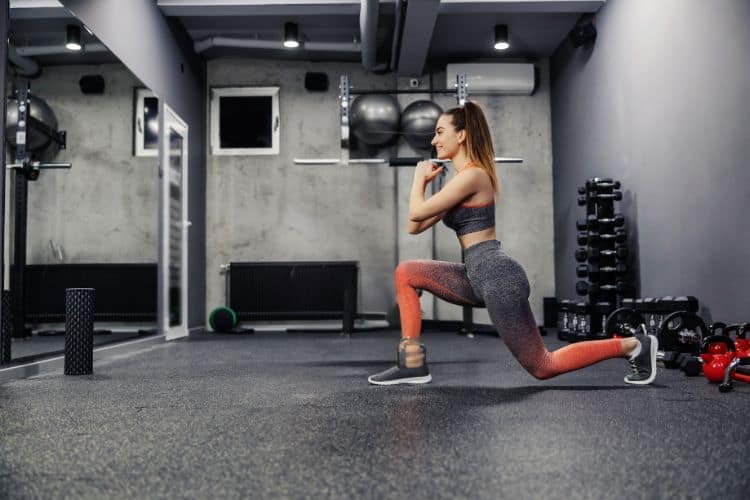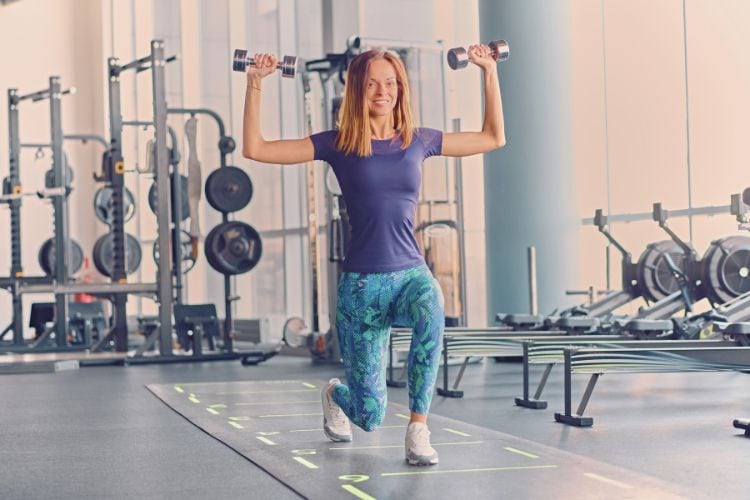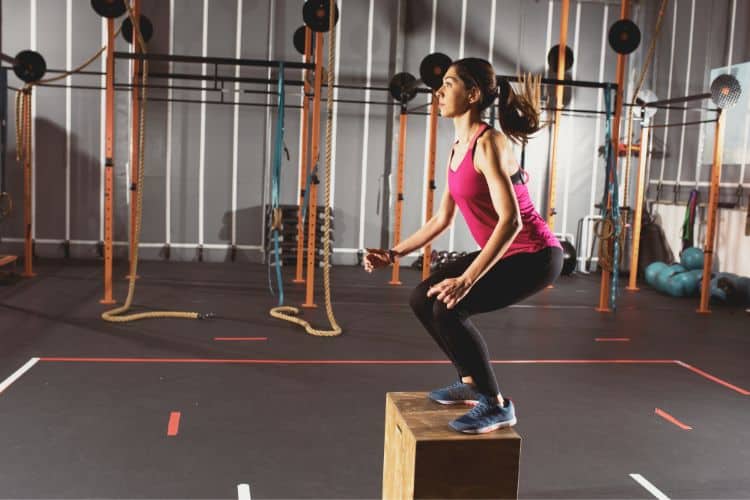Sign up for workout ideas, training advice, reviews of the latest gear and more.






Stretching is an essential part of any fitness routine, offering numerous benefits, from improving flexibility and range of motion to reducing muscle tension and enhancing overall performance. For women, upper body stretches are particularly important, as they help alleviate tension in areas prone to tightness, such as the shoulders, chest, and neck. Whether you’re preparing for a workout, winding down after a session, or simply looking to improve posture, incorporating these stretches into your routine can make a significant difference.
Before diving into specific stretches, it’s crucial to understand why upper body stretching is vital for women. Many daily activities, such as working at a desk, carrying bags, or even using a smartphone, can lead to muscle tightness and imbalances. Upper body stretches help counteract these effects, reducing the risk of injury and improving overall posture.
Incorporating a variety of stretches into your routine ensures that all major muscle groups in the upper body are addressed. Below are some essential stretches that target different areas of the upper body.
The neck stretch is a simple yet effective exercise that helps relieve tension in the neck and upper shoulders, an area where many women experience tightness due to stress or poor posture.
The shoulder stretch is perfect for loosening up the shoulders, which can become tight from carrying bags or hunching over a computer.
This stretch targets the triceps, the muscles on the back of your upper arms, and helps improve the flexibility of the shoulders and upper back.
A chest stretch is crucial for counteracting the tightness that often develops from a forward-slouching posture, which is common in activities like typing or driving.
The Cat-Cow stretch is a dynamic exercise that targets the upper back, shoulders, and neck, helping to relieve tension and improve spinal mobility.
The latissimus dorsi, or lats, are the large muscles on the sides of your back. Stretching these muscles can improve the range of motion in your shoulders and back.
Stretching the biceps is often overlooked, but it’s essential for maintaining flexibility in the front of the arms and shoulders.
Stretching can be incorporated into various parts of your day, whether as part of a warm-up before exercise, a cool-down afterward, or even during breaks at work. Here are some tips for incorporating upper body stretches into your routine effectively.
Incorporating stretching into your warm-up and cool-down routine is crucial for preparing your muscles for exercise and aiding in recovery.
If you spend long hours at a desk, taking short breaks to stretch can help prevent stiffness and improve your posture.
Adding stretches to your morning and evening routine can help you start and end your day with relaxation and improved mobility.
Everyone’s body is different, and it’s essential to listen to your body when performing stretches. If you experience pain or discomfort, modify the stretch to suit your needs or consult a fitness professional for guidance.
Props like yoga straps, blocks, or resistance bands can help you achieve a deeper stretch or modify stretches to accommodate your flexibility level.
The intensity of a stretch can be adjusted by changing your body position or the amount of pressure you apply.
While stretching is generally safe, there are common mistakes that can reduce its effectiveness or even lead to injury. Here’s what to avoid:
Bouncing or forcing a stretch can lead to muscle strains. Instead, focus on holding each stretch steadily and breathing deeply.
Breathing deeply helps your muscles relax and enhances the effectiveness of your stretches. Avoid holding your breath while stretching.
Pushing your body too far in a stretch can cause injury. Always stretch within your comfort zone and gradually increase your flexibility over time.
Upper body stretches are an essential part of a balanced fitness routine, offering numerous benefits, from improved flexibility and posture to reduced muscle tension and injury prevention. By incorporating these stretches into your daily routine, you can enhance your overall well-being and enjoy greater comfort and mobility in your upper body.
Remember, consistency is key to seeing results. Whether you’re stretching as part of your warm-up, cool-down, or during breaks at work, making these exercises a regular habit will help you maintain flexibility, reduce tension, and improve your overall quality of life. So take the time to stretch, listen to your body, and enjoy the benefits of a more flexible, relaxed, and injury-free upper body.
Stay up to date on the latest women’s health, fitness and lifestyle trends and tips.